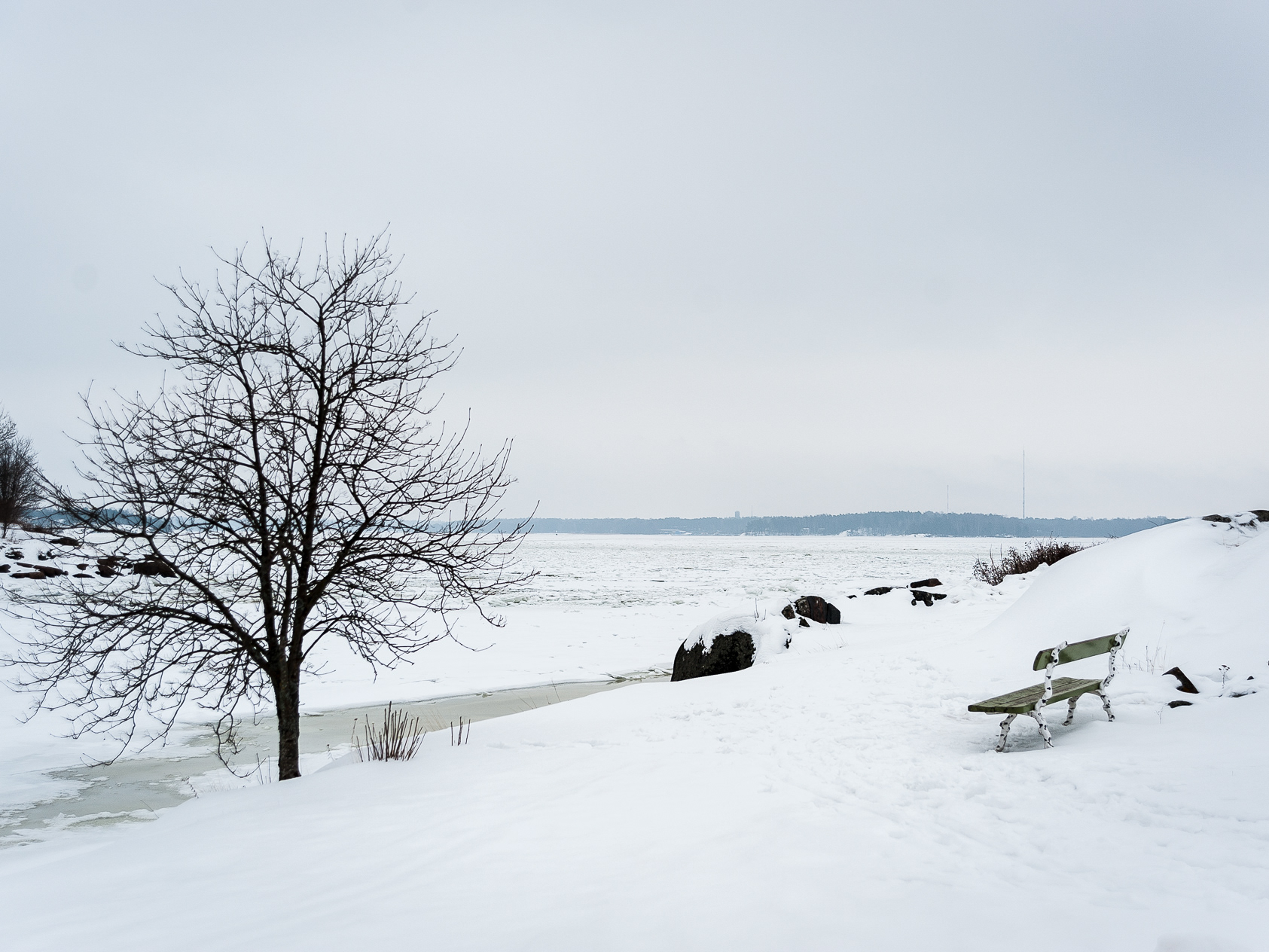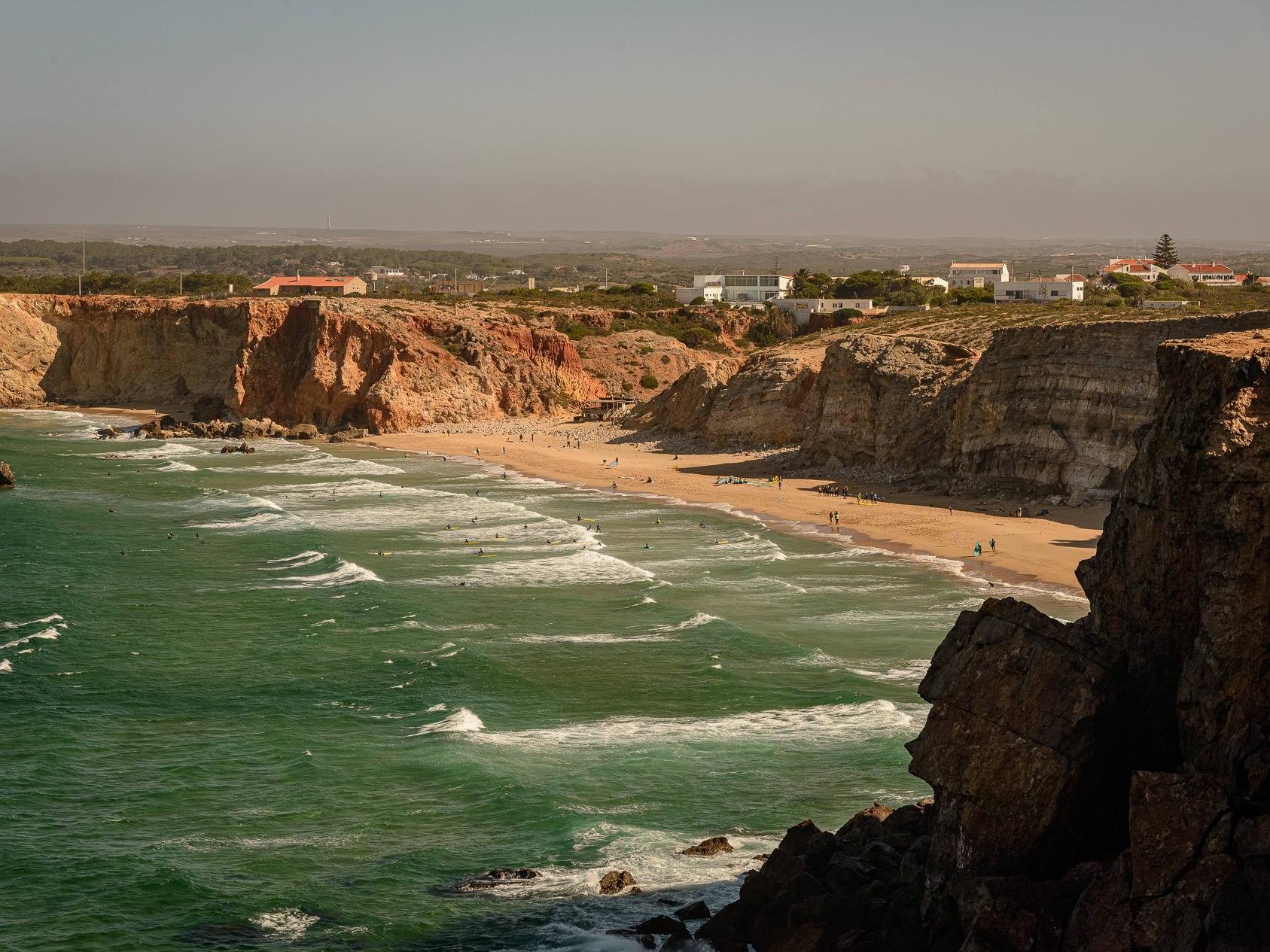Uno dei luoghi più suggestivi del Nepal è il sito di Budhanilkantha con la statua di Vishnu (chiamata anche Vishnu dormiente) distesa in acqua, non molto lontana da Kathmandu, dove oni mattina si svolge uno dei ritipiù toccanti a cui si può assistee in Nepal. La presenza di pochissimi turisti (eravamo solo noi) rende la visita verametne affascinante.
Scolpita da un unico blocco di pietra basaltica nera di origine sconosciuta, la statua di Budhanilkantha ha una lunghezza di 5 e si trova in una posizione reclinata, adagiata su un fiore di loto, all'interno di un serbatoio d'acqua che rappresenta il mare cosmico. La statua raffigura la divinità che si adagia sulle spire del serpente cosmico Shesha. Le gambe di Vishnu sono incrociate e le undici teste di Shesha cullavano la sua testa. Le quattro mani di Vishnu contengono oggetti che sono simboli delle sue qualità divine: un chakra o disco (che rappresenta la mente), una conchiglia (i quattro elementi), un fiore di loto (l'universo in movimento) e il bastone (conoscenza primordiale).
Ogni mattina giovanissimi novizi preparare la scultura al risveglio mattutino di Vishnu iniziano lavando la statua con acqua versano il latte la spalmano di crema decorano il volto poi c’è il rito della vestizione con teli di seta ornamenti per il capo e le braccia e tanti fiori , mentre fuori inizia a crersi una luna fila di fedeli pregare con cestini pieni di offerte tra cui cibo frutta candele incensi fiori
---
One of the most evocative places in Nepal is the site of Budhanilkantha with the statue of Vishnu (also called sleeping Vishnu) lying in the water, not far from Kathmandu, where one of the most touching rites that can be seen in Nepal takes place every morning. The presence of very few tourists (it was just us) makes the visit truly fascinating.
Carved from a single block of black basalt stone of unknown origin, the statue of Budhanilkantha is 5 in length and sits in a reclining position, resting on a lotus flower, within a water tank representing the sea cosmic. The statue depicts the deity resting on the coils of the cosmic serpent Shesha. Vishnu's legs are crossed and Shesha's eleven heads cradled his head. The four hands of Vishnu contain objects that are symbols of his divine qualities: a chakra or disc (representing the mind), a shell (the four elements), a lotus flower (the universe in motion) and the staff (knowledge primordial).
Every morning very young novices prepare the sculpture for Vishnu's morning awakening they start by washing the statue with water pour the milk spread it with cream decorate the face then there is the ritual of dressing with silk cloths ornaments for the head and arms and many flowers , while outside a moon begins to form a row of faithful praying with baskets full of offerings including food, fruit, candles, incense, flowers


